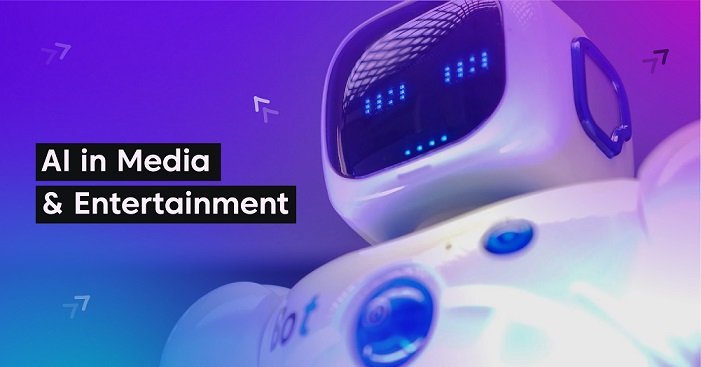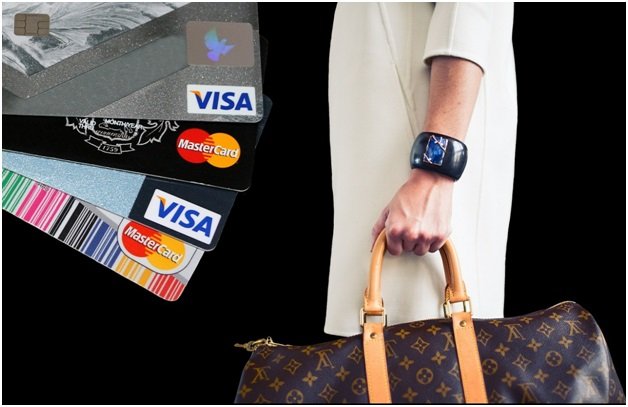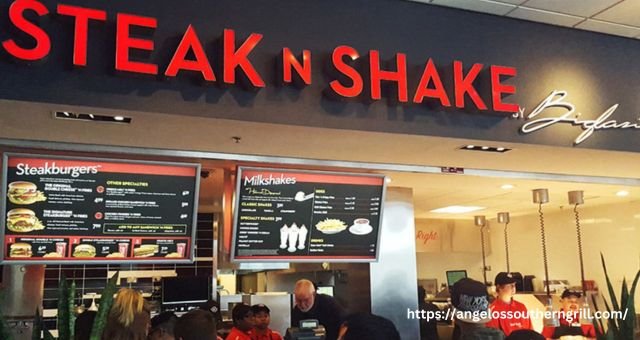Trends in Web Design Businesses: What to Expect

In the fast-paced world of web design, staying ahead of the curve is crucial for businesses to remain competitive. With technology constantly evolving, it’s essential for web design businesses to keep up with the latest trends and innovations to meet the changing needs of clients.
Web design businesses are pivotal in shaping the digital landscape for organizations across various industries. In a world where a company’s online presence can make or break its success, these businesses provide the expertise needed to create compelling and functional websites that serve as powerful tools for engagement and growth.
A well-designed website is not merely about aesthetics; it involves a deep understanding of user experience, technical performance, and digital strategy. Web design businesses employ teams of skilled professionals—designers, developers, UX/UI specialists, and digital strategists—who collaborate to craft websites that are visually appealing, easy to navigate, and optimized for search engines and speed.
These teams ensure that the website aligns with the brand’s identity and goals, providing a seamless and coherent experience for visitors. By leveraging the latest technologies and design trends, web design businesses can enhance a company’s digital presence, making it more competitive and adaptable to changing market conditions.
They understand the importance of responsive design, ensuring that websites perform well across all devices, from desktops to smartphones, thus reaching a broader audience.
1. Minimalism and Simplicity
One of the significant trends in web design for 2021 is the emphasis on minimalism and simplicity. Clean and uncluttered designs not only make websites visually appealing but also improve user experience. Minimalistic designs help to focus on essential elements and content, making it easier for users to navigate the site and find the information they need quickly.
2. Dark Mode
Dark mode, which features a dark color scheme for websites, has gained popularity in recent years. Many users prefer dark mode as it reduces eye strain, especially when browsing the web in low light environments. Web design businesses are increasingly incorporating dark mode options into their designs to cater to this growing demand.
3. Mobile-First Design
With the majority of internet users accessing websites on mobile devices, having a mobile-first design has become a necessity for web design businesses. Mobile-first design involves creating websites that are optimized for mobile devices first and then scaled up for larger screens. This approach ensures that websites are responsive and provide a seamless user experience across all devices.
4. Voice User Interface (VUI)
The rise of voice-controlled devices like smart speakers has led to the growing popularity of Voice User Interface (VUI) in web design. VUI allows users to interact with websites using their voice, making the browsing experience more convenient and hands-free. Web design businesses are starting to integrate VUI into their designs to provide users with an alternative way to navigate websites.
5. Artificial Intelligence (AI) Integration
Artificial Intelligence (AI) is transforming the way websites are designed and personalized for users. AI-powered tools can analyze user behavior, preferences, and data to create personalized experiences and recommendations. Web design businesses are leveraging AI to automate repetitive tasks, enhance user experiences, and improve website performance.
6. 3D Elements and Graphics
Adding 3D elements and graphics to websites can create a more immersive and visually engaging experience for users. 3D elements can help to bring products and services to life, making them more interactive and appealing. Web design businesses are using 3D graphics to enhance the overall design aesthetics and captivate the audience.
7. Sustainability and Eco-Friendly Design
As environmental consciousness continues to grow, sustainability and eco-friendly design have become important considerations for web design businesses. Using sustainable practices, such as optimizing website performance to reduce energy consumption and carbon footprint, is becoming a priority. Businesses are also opting for eco-friendly hosting solutions and sustainable web design techniques to minimize their impact on the environment.
8. Augmented Reality (AR) and Virtual Reality (VR)
Augmented Reality (AR) and Virtual Reality (VR) technologies are revolutionizing the way users interact with websites. AR and VR can create immersive experiences that allow users to visualize products in real-world settings or explore virtual environments. Web design businesses are incorporating AR and VR elements to provide users with interactive and engaging experiences that set their websites apart.
Conclusion
Web design businesses are poised to embrace these trends to create innovative and user-focused designs. By staying informed about the latest developments in web design, businesses can position themselves as industry leaders and meet the evolving needs of clients. Whether it’s adopting minimalistic designs, integrating AI-powered tools, or incorporating AR and VR technologies, web design businesses have a wealth of opportunities to explore in the coming year.














